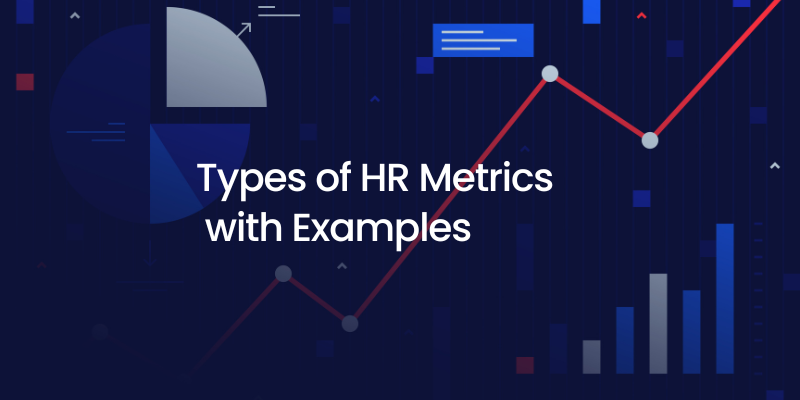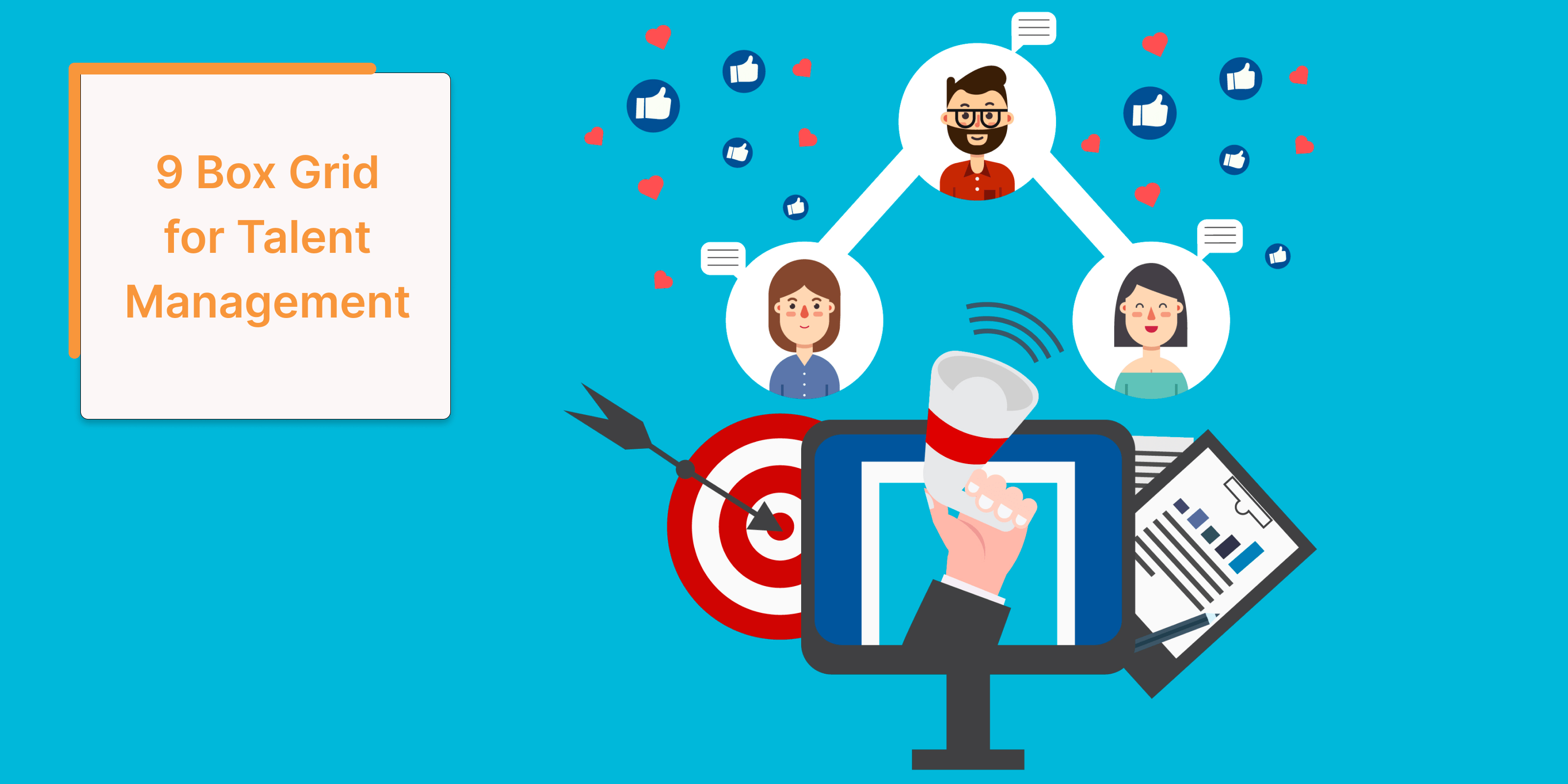Gamification in HR: Meaning & Definition
Gamification in HR refers to a process of making employment-related activities more enjoyable. In simple terms, it is the application of game-like elements such as rewards, competition etc. It is specifically meant to motivate and engage employees and enhance their performance to ultimately achieve organizational goals. Furthermore, HR gamification strategies can be applied to everyday tasks, training programs, and learning materials.
The primary aim of using gamification is to foster better engagement and participation of employees.
It enhances employee performance by incorporating game elements such as points, badges, leaderboards, and challenges. As a result, it creates a more engaging and motivating work environment for employees. Moreover, this approach further encourages achievement, fosters healthy competition, and ultimately increases productivity and employee engagement.
Gamification Examples
Gamification can be seen during various stages in an employee’s life cycle, including:
- Recruitment: One of its biggest examples is PwC’s “Multipoly” virtual Game. Essentially, it is a 12-day simulation that allows candidates to experience what it’s like to work at the company.
- Onboarding process: A video game-like virtual tour of the office is provided for the new hires. Notably, it is one of the effective HR gamification strategies.
- Training and development: Gamification makes training and development more engaging. For example, Duolingo, though it’s not usually used in corporate learning, still shows how learning can be both effective and fun. This approach can be easily applied to performance management as well.
- Improving policy compliance: Deloitte’s gamified cybersecurity awareness training is a powerful example of using gamification tools for HR to promote compliance. It helps employees stay informed in a more memorable and enjoyable way.
- Increasing engagement and productivity in regular work life: The Todoist app rewards employees for finishing tasks on time by allocating points. Henceforth, it is a great example of employee motivation strategies.
Liked what you read? Let’s take it to the next level!
Frequently Asked Questions
Q1. | What is gamification in HR? |
| Ans. | Employee gamification refers to the application of motivating techniques that are usually found in games to non-game situations. In HR, , this means, how online games are used to engage employees in different activities throughout their job. |
Q2. | What tools can companies use for HR gamification? |
| Ans. | Tools that companies can use for workplace gamification are OneUp, Centrical, TeamTailor, Trakstar Hire, Spinify, and Jobvite. Additionally, the Talent Games, Equalture, Test Gorilla Owiwi are some other HR software gamification tools. These are useful for gamified learning and the development of employees. |
Q3. | Does gamification increase employee retention? |
| Ans. | Yes, gamification increases employee retention. Employees are more likely to stay with a company when they have internal motivations that provide a sense of purpose and accomplishment. The main objective is to encourage employees through gamification, helping them improve continuously, stay purpose-driven, and find satisfaction in their work. This approach boosts both engagement and retention. |
Q4. | What are the risks of gamification in HR? |
| Ans. | Some of the potential risks of gamification in HR are overshadowing the intrinsic value of work and leading employees to prioritize rewards over the actual task. Further, employees may become resentful if it is forced. Also, poorly implemented gamification can lead to employee fatigue. Gamification, when it involves points and leaderboards, can become addictive, which can potentially distract employees from their core responsibilities, too. |
Q5. | How can companies measure the success of gamification initiatives? |
| Ans. | First, define your goals and metrics to measure the impact of gamification. Then, use a pre-test and post-test to compare the results and changes in learners’ attitudes or behavior. Another way of measuring is by using analytics and dashboards to monitor employees’ engagement and retention. Furthermore, use interviews, focus groups, and a comparison group. |
Resources
Explore how HR trends 2026 are shaping workplaces and employee experiences.
Learn why HR metrics are key to better engagement and smarter decisions.
Discover how the 9-box grid helps identify and develop talent for business growth.





